Reports - psychoanalysis Surrealism - Argentina
Reading time: 14 minutes

13.08.2021
Curator and writer Rafael Toriz interviews Gabriela Rangel regarding “Terapia” at the Museo de Arte Latinoamericano de Buenos Aires (MALBA), an exhibition that surveys the influence of psychoanalysis in Argentinian art and its establishment as a modernity vector in the country.
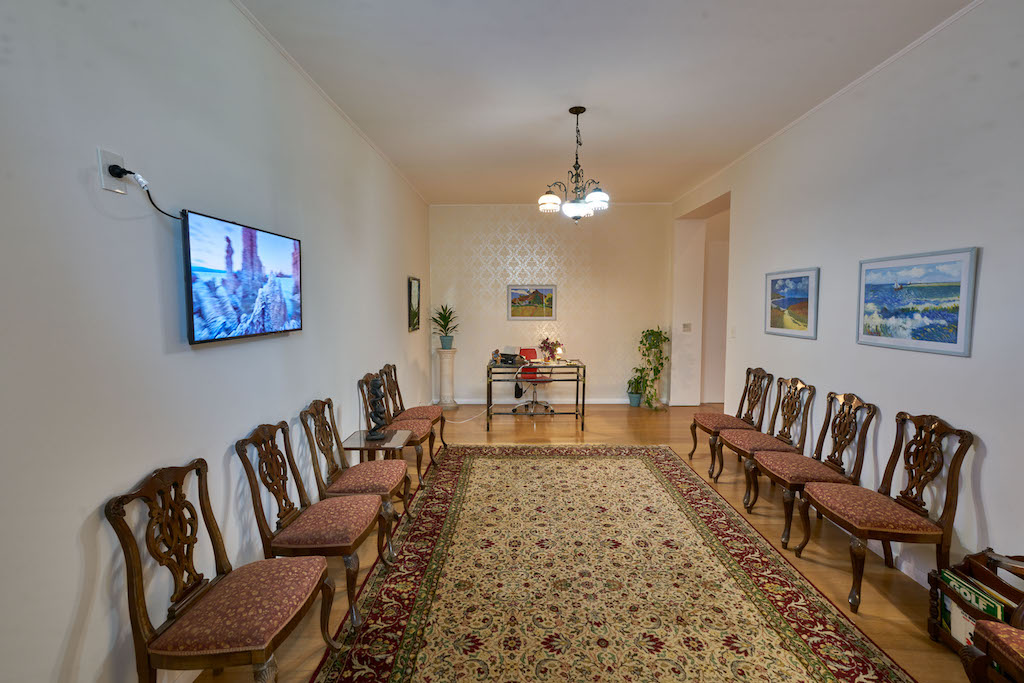
Born under the grim shadow of the pandemic, MALBA’s main exhibition, Terapia (it’s on display until August 16th) has been one of the expository events of the year in Buenos Aires, which given the world’s condition in general and Argentina particularly, it has not been able to be gauged in its fair measure or at least in correspondence with the immense effort it has implied. Main project from the management by the former Artistic Museum Director Gabriela Rangel, the exhibition was curated by her together with Veronica Rossi and Santiago Villanueva, and it relines symbolic importance because it’s centered on the influence of Argentinian art; a worthy theme of a biennial that is organized in a transversally satisfactory manner, dealing with a problematic and meaningful area which demands the most unprejudiced approach possible by nature; or at least without so many acquired debts and inherited visions. In addition to the fact that almost any topic is the subject of heated debate in Argentina, few of them are as exciting as the intricate universe of psychoanalysis.
Rafael Toriz (RT): Like everything in life, it’s impossible to think about Terapia exhibition outside the political and sanitary ups and downs and the reduction of traffic caused by the pandemic, however, the first thing I would like to ask you, given your trajectory and your stay in Buenos Aires, is about the place of Latin America as both text and scenario. Does this concept still make sense in the present? Is it relevant to talk about a link between the different cultural arenas of the subcontinent?
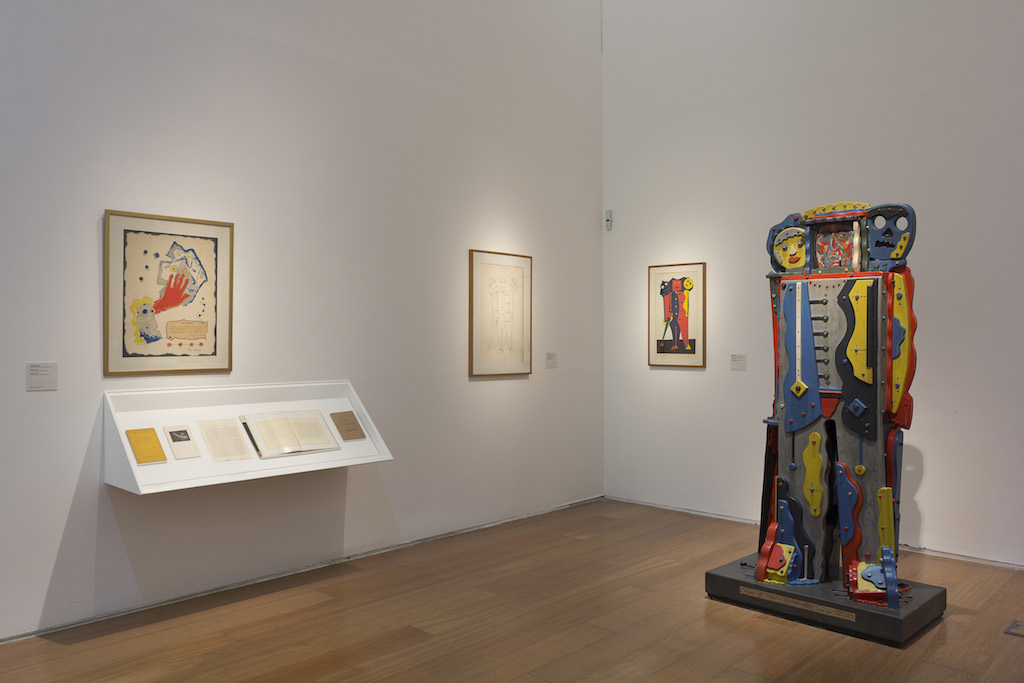
(GR): ArteBA is a fair that grew over the years but made the mistake of being Art Basel’s franchise and spent a lot of money on it. Now we don’t really know what’s going to happen with it, it entered into a very strong institutional crisis. I think it was the first institution in Argentina to be shaken by the pandemic besides its own identity crisis.
(RT): I asked you about Latin America because of your condition as an exiled Venezuelan, and when someone thinks about Latin American art in terms of the relationship between Argentina and Venezuela, it’s impossible not to refer to Marta Traba, the importance of Caracas, and the years of the petrodollars. Approaching the MALBA exhibition, Lacan’s visit to Venezuela in July 1980, a year before his death, appears. How do you deal with that condition, being an emigrant from a country that practically no longer exists?
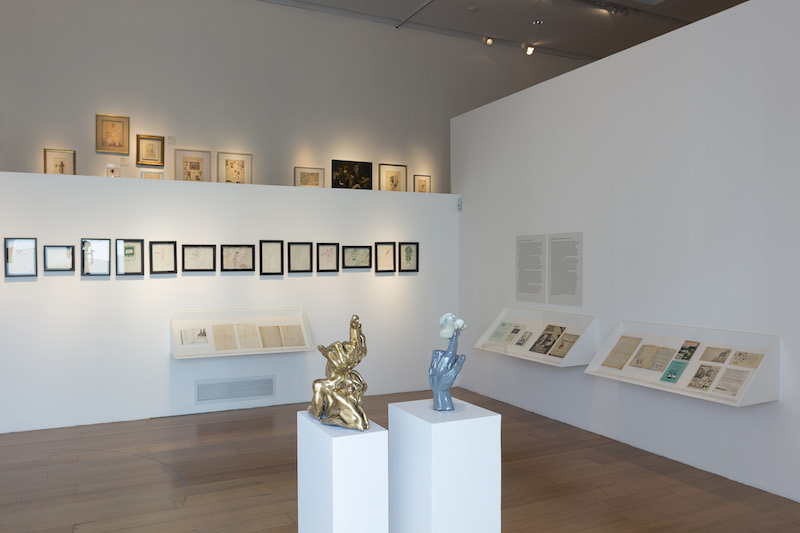
Moreover, Marta Traba has been fundamental for me, she was the only person who, upon arriving in a cosmopolitan, very rich and profligate Venezuela, mounted a structural critique of the model that was going to fall (she saw it clearly), and I believe that her writings have an impressive dimension nowadays. She was sort of an unmentionable character because she criticized the canon that was being built, name it constructivist, abstract art, kinetic art or whatever you like, but it was the national canon that accompanied the rapid urbanization project, which was not an organic modernization but rather a Petro-modernity dependent on the philanthropic oil state.
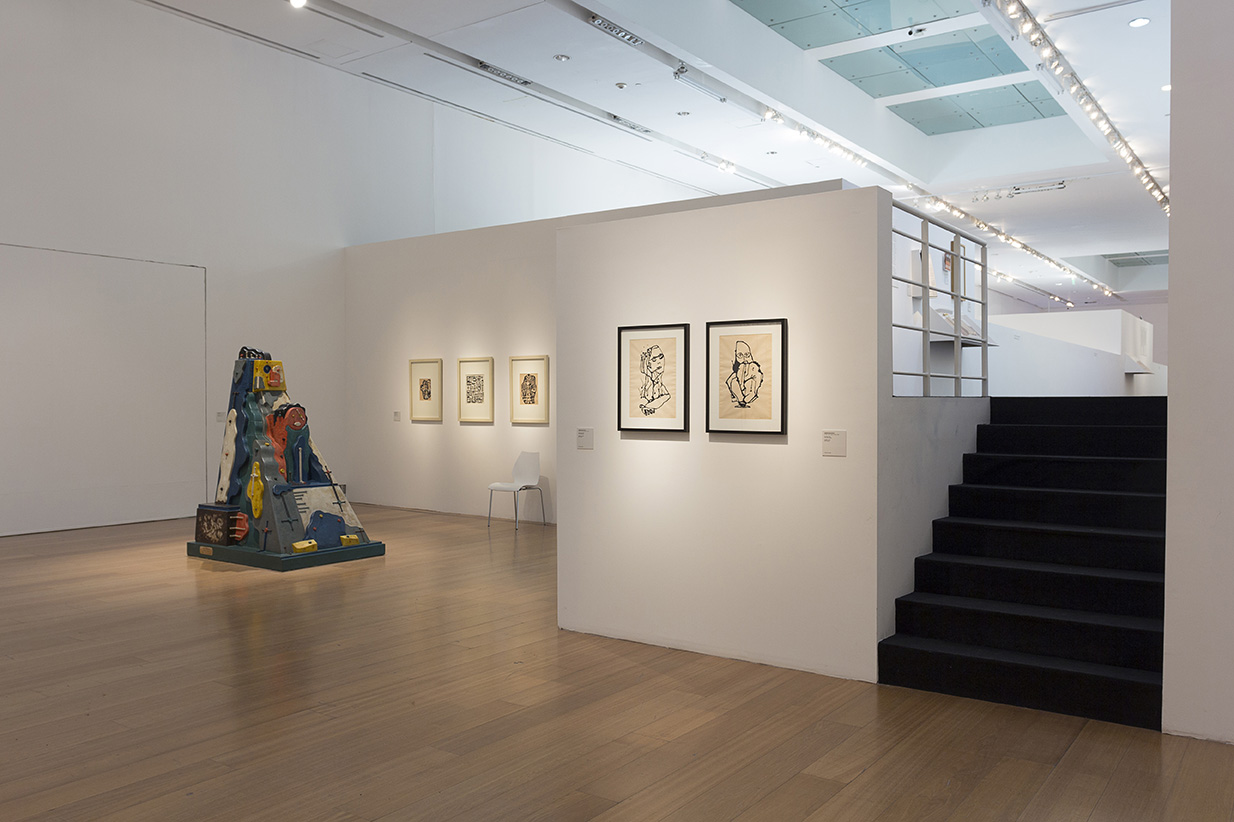
(RT): Do you have any hypothesis regarding this oblivion, this denial, considering the preponderance of the permanent power of the text in a culture like this one?
(GR): I believe that in the literary field surrealism did advance and continued to exist, but not in the field of visual arts because at a given moment, in the forties, artists who at that time were putting together an avant-garde discourse, among them Tomás Maldonado, decided to break away from surrealism and embrace a sort of materialism linked to a certain post-war, European rationality. Surrealism didn’t fit into that scheme and I think that was the predominant approach to the national artistic canon, until the sixties, in the Di Tella, the canon was broken up, but it was broken up internationally, not only in the Di Tella, that had already happened in the main cities of the planet: England, France, New York, and Mexico as well. In other words, a series of dissident and countercultural movements were taking place and somehow eroded that canon, therefore it had to be expanded in direction of other places that were not comfortable at all. Today, I think we still live from the echoes of that revolutionary moment in art, from the sixties and seventies, but until then a kind of rationality had prevailed that made surrealism in Argentina not part of the debate, and certain artists were marginalized, but they continued to have a network, which remained alive, it existed and keeps existing, we get a lot of works from it.
(RT): It’s something perceptible in Terapia. More than an exhibition, it looks like a biennial, especially because of the quantity, quality, and density of the works, as well as the axes that it proposes, between unpublished and transversal, at least in most of the exhibition.
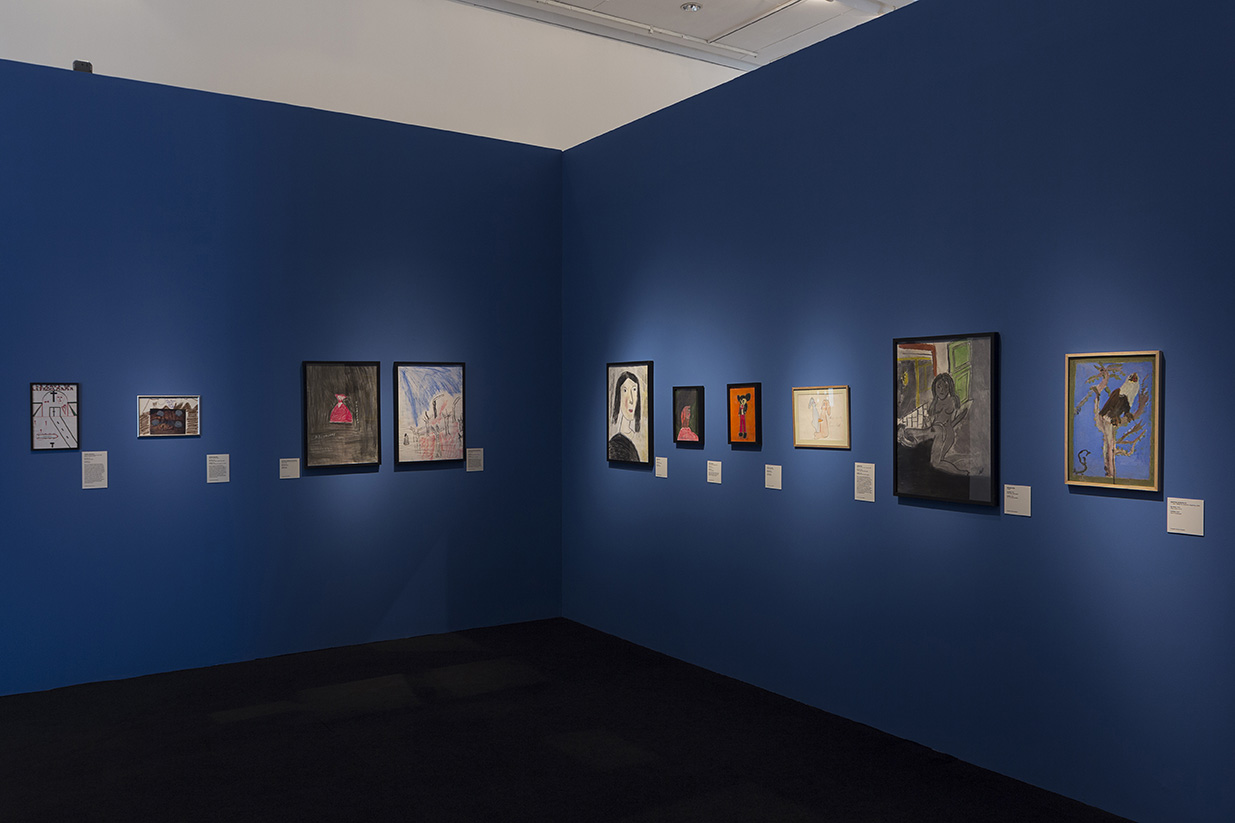
(GR): This exhibition wouldn’t have been possible without the collection of psychiatrist, collector, and art critic Mauricio Neuman (1924-2020), who sadly passed away due to coronavirus. Neuman had an art collection with more than 3,000 works, larger than the MALBA’s one, which accounts for unique, essential moments in 20th century Argentina’s art. It’s hard for a single person to have such a clear view as the doctor, who published books, was a member of the Argentinian Association of Art Critics, and exhibited part of his collection several years ago. We had access to his database; I was absolutely impressed by the universe he had built. I am not saying that it’s more or less interesting than any of the variations of international surrealism, which as we know had stellar moments in Mexico and the Caribbean, but I think that the type of Angertinian surrealism is closely linked to the cenacles of a couple of artists, psychiatrists, and psychoanalysts that somehow explain the importance of psychoanalysis in the country. Both psychoanalysis and surrealism, are linked because they are inquiries about the unconscious and subjectivity. It’s for a good reason that important figures such as Alejandra Pizarnik or Olga Orozco were surrealists, and Cortázar himself. If we do a survey of the sources from which they drew—César Aira himself, for instance—they bear witness to the network I was talking about. This is a hypothesis we elaborate through the exhibition, not before it.
(GR): The first challenge was putting together a discourse when all the collections and research centers were closed. Fortunately, we had Dr. Neuman’s archive, which allowed us to make requests to Espigas Foundation, Larivierere Foundation, the National Museum of Fine Arts, and some other individuals with the network I already mentioned, where one artist led to another, and that one to another. Thus, little by little, like a tuber, we went from a painting by Enrique Molina to a portrait by Aída Carballo. What is most surprising is the number of variables, the number of works. Neuman was fascinated because no one had ever asked him to borrow certain materials.
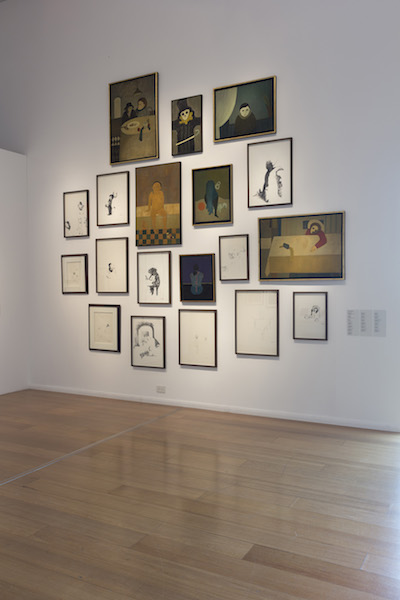
(RT): On a personal level, after your rather brief but substantive stay in Argentina, I would like to know with what taste in your mouth you are left with regard to the cultural field of Buenos Aires. Do you think there are favorable conditions for other exhibitions similar to Terapia, that is, in terms of certain rescues or transversal readings that allow an exploration of the complexity of the self-representations of their mythologies?
(GR): Both Veronica Rossi and Santiago Villanueva, from MALBA, are two curators who can make those transversal readings, because of their ability but above all because of the impulse to go beyond what you call “local myths”. However, I think Argentina’s problem is that it’s a very literary country, and everything literary permeates reality, as it happens with psychoanalysis, something that is noticeable in the use of language. When someone speaks is questioned by an interlocutor who uses all the psychoanalytical jargon and methodology that is proper to him, so dialoguing in that framework is an exhausting experience. On the other hand, it’s a literary country and has a literary cult, so everybody reads novels, fiction, and poetry. This means that any museum device has these filters, so everything is very similar, at least in the way in which people treat the exhibitions. As an example, the Museum of Modern Art has developed its own model; a language that is looking for a certain harmony with the international one; the Sívori in turn also has interesting approaches, but they are almost always of a single artist, another detail to consider: in Buenos Aires, they like exhibitions of a single artist. Otherwise, and in general, other spaces operate in a very similar way.
(RT): I’d like to ask you about the place of criticism, given that, as we know, these are mendacious times for art and literary criticism and for criticism in general. You said this is a deeply psychoanalytic and literary place, and yet it tends to import quite uncritically fashions, gestures, and perspectives emanating from a colonial ethos, with decades out of phase but in a very passionate way. So, I ask you, do you attribute to a place like Buenos Aires, where text and language have an evident preponderance and an undeniable centrality, there is rather an uncritical importation of certain schemes and models?
Comments
There are no coments available.